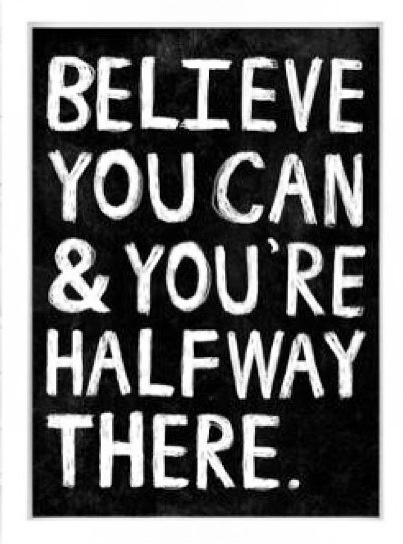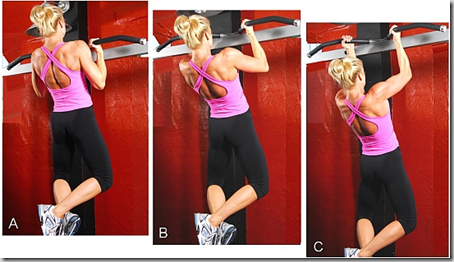Perhaps you found this blog with the hopes of learning how to do your first pull-up, or maybe you want to increase the number you can perform. Some of you may simply want to perfect your form. We'll touch on all these points.
So you may be asking yourself, why even bother with pull-ups? Putting it simply, the pull-up is one of the most effective upper body exercises you can perform. It's not called the upper body squat without reason. The military (as well as numerous other organizations) use it as one of their standard fitness tests of strength.
Not to mention, you feel pretty cool when you can walk up to the bar and pound out some reps.
A large proportion of the population (most notably women) cannot do a single pull-up. You may have read the infamous article published in the New York Times explaining "why women can't do pull-ups."
Unfortunately, a lot of females will never be able to perform a single rep. Why? Not because they are incapable, but because they believe it's physically impossible.
For some reason, society has labeled the pull-up as some sort of mythical exercise only performed by "elite" female athletes and men. And to top off this stigma, people read articles like the one mentioned above, which only confirms their belief that they're impossible -- why even waste the time trying, right?
I mean if I'm a female and the New York Times says it's impossible who am I to argue with that? A girl who thinks she can do a pull-up... now that's just crazy talk. *insert sarcasm*
As is true with many things, the biggest obstacle standing in your way is YOU.
So where do you start?
1. Get a pull-up bar: The saying practice makes perfect couldn't be more true. You're not going to progress if you're only attempting pull-ups once a week at the gym. Get your own pull-up bar, put it up somewhere that you'll see often, and get to work!
2. Perform Negatives: This method focuses on the lowering portion of the movement vs. the lifting. Start by "jumping" into your pull-up and slowly lowering yourself back to the hanging position.
Do a few sets of these every time you walk by your bar. This is a great way to not only move closer towards the goal of performing a single unassisted pull-up but to increase the number of reps you can perform.
3. Use Assistance: Whether you are by yourself using the assisted pull-up machine, bands, or training with a workout buddy, having some extra lift is a great way to build up your strength and increase rep range. You may start by using assistance for your entire set, and later progress to only using it for the last few reps.
4. Vary your grip: Just as you hit the different heads when training shoulders, you should vary your grip to get the most out of the exercise.
Neutral, overhand, underhand, wide grip (just to name a few) are all variations you can incorporate. Some will be harder than others, but all will be useful in improving overall strength and targeting different muscle groups.
5. Focused Strength Training: Pull-ups require varying muscle groups, mainly back, biceps and chest (depending on which grip you're using). Focusing on these areas during your normal strength training routine will help greatly.
6. Decrease body fat: As we all know, the heavier you are the harder it is to pull yourself up. May sound simple, but decreasing your body fat (and in turn your bodyweight) will make those last couple reps much easier.
7. Track your progress: My last point to add to the list is basic, yet deserves mentioning. Track your progress!
Seeing your progress on paper is not only motivating but a good sign that you're doing the right things needed to progress.
So, get to it! Remember, consistency is key with this exercise.
You can't expect to start pounding out rep after rep if you are only attempting a few pull-ups once a week. Get a pull-up bar, be consistent and stick with my points above. If you can do this you should be well on your way!
If you found this article informative and would love to hear more fitness tips, I invite you to check out my bio and download a free copy of my complete fitness tracker here!
This article originally appeared on www.ProShapeFitness.com.



